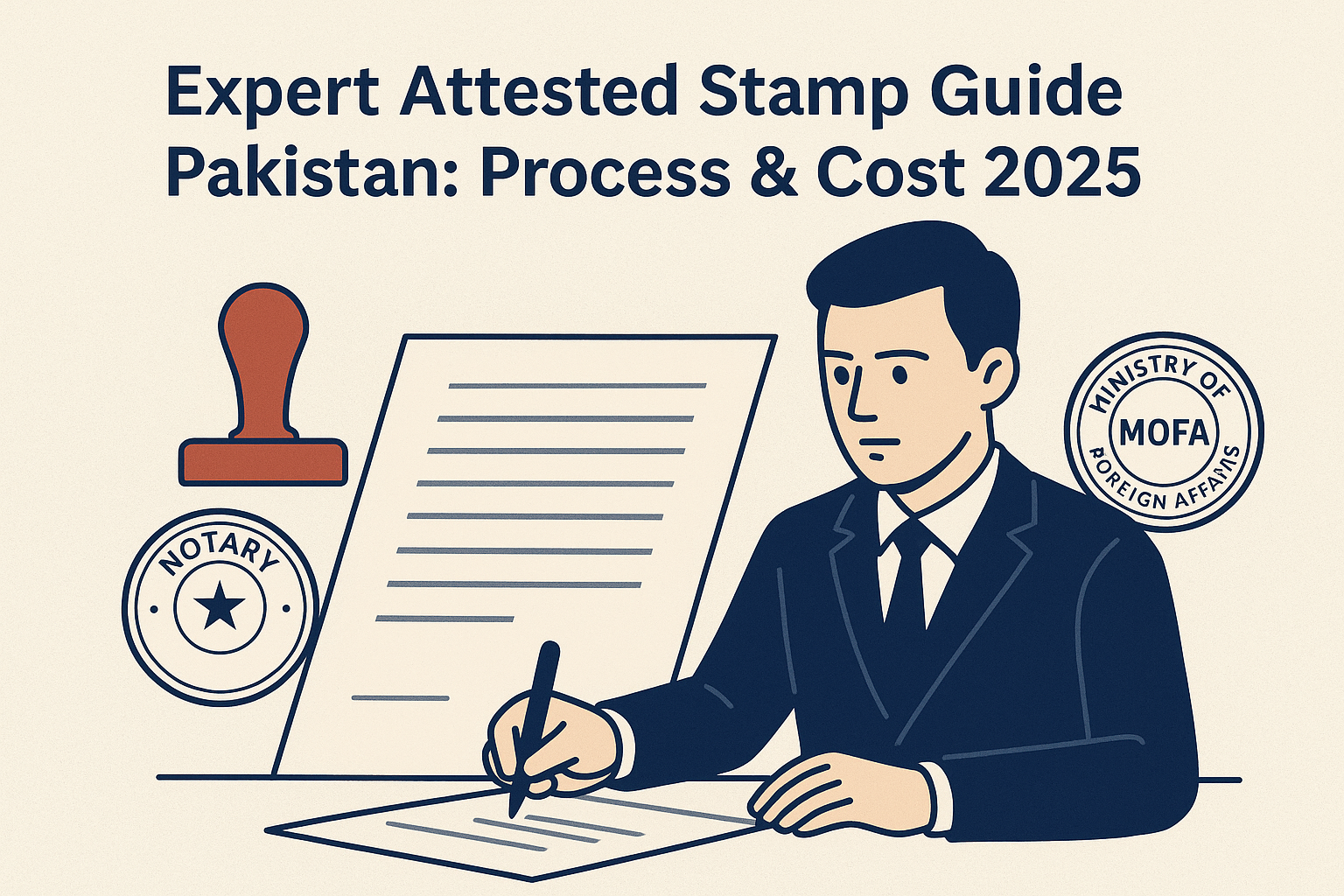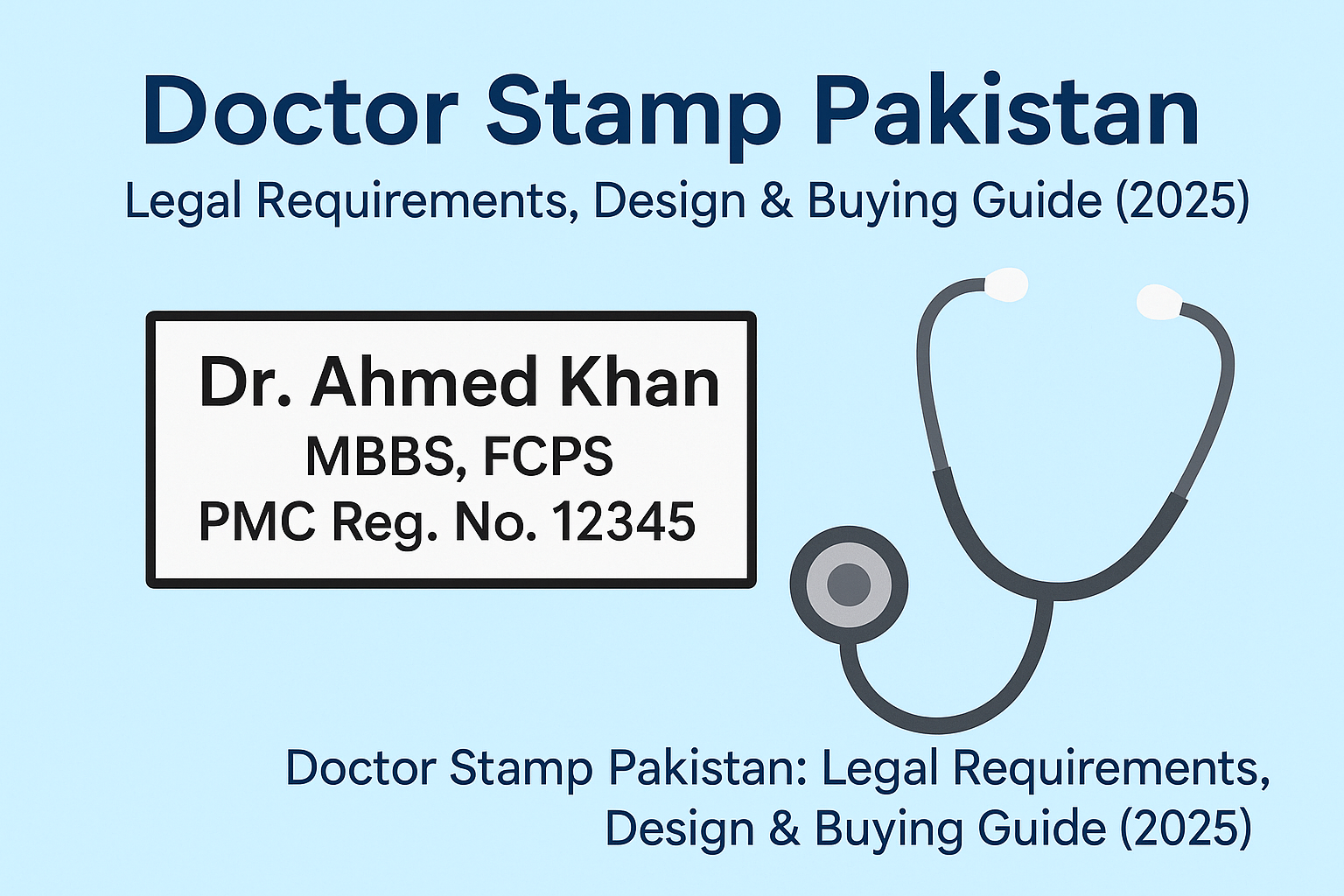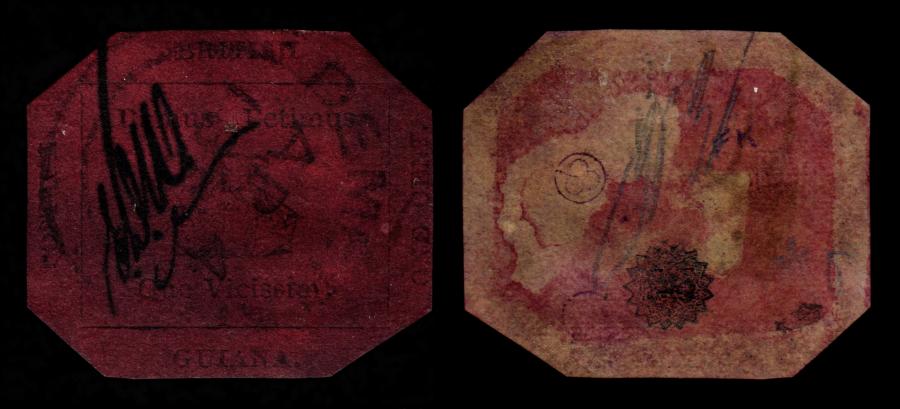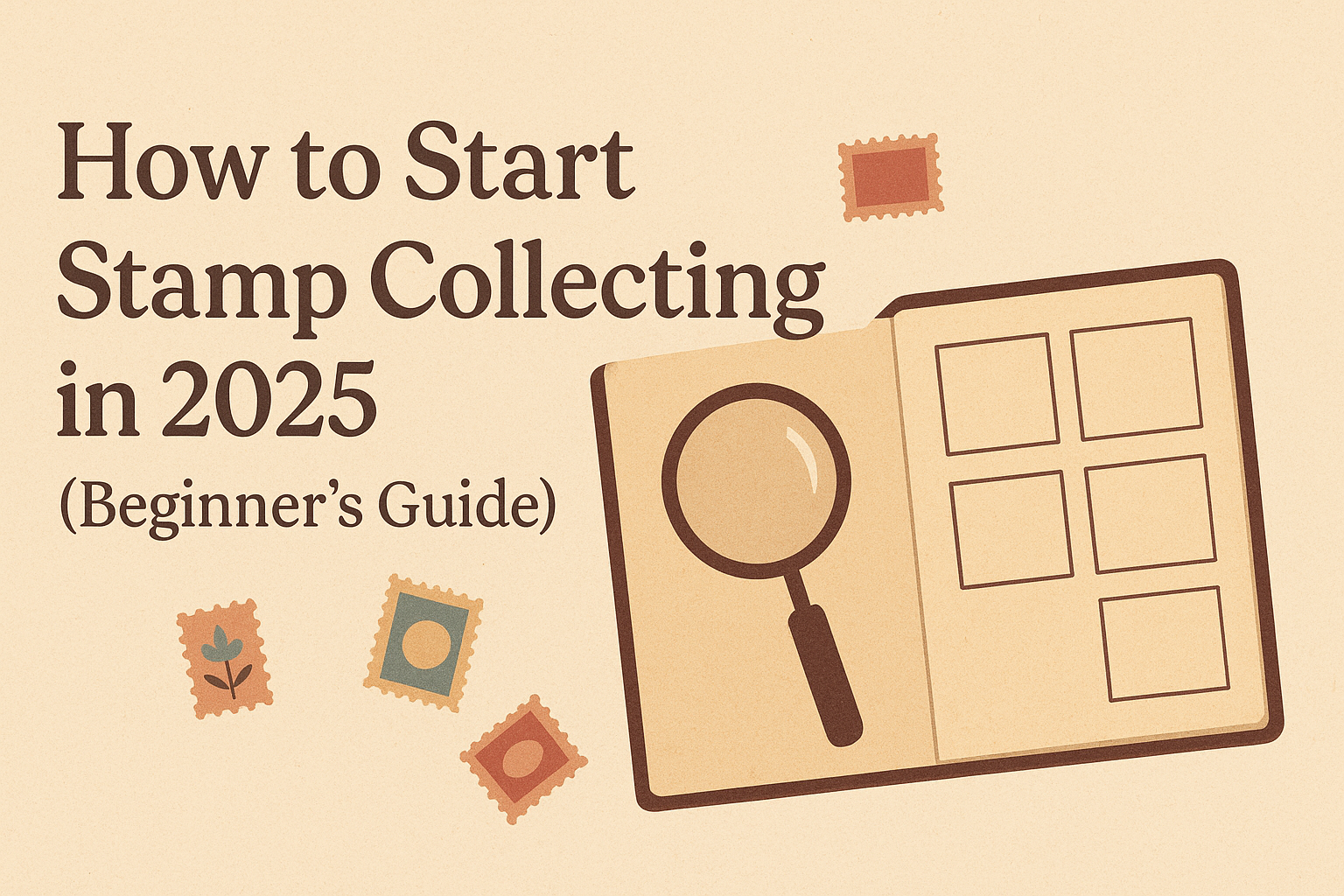When dealing with legal, educational, property, or visa-related documents in Pakistan, you’ll often come across a requirement for an attested stamp Pakistan. Whether you are submitting an affidavit, verifying an agreement, applying for a visa, or transferring property, an attested stamp adds legal credibility to your document. Without proper attestation,…
stamps
-
-
Doctor Stamp Pakistan: Legal Requirements, Design & Buying Guide (2025)
Introduction A doctor stamp in Pakistan is not just a simple office tool — it is a legal requirement and an important part of every medical professional’s practice. Whether you are writing prescriptions, issuing medical certificates, or signing official hospital documents, a properly designed doctor stamp Pakistan ensures that your…
-
Government Mohar Stamps: History, Value & Collecting Guide (2025)
Stamp collecting has always been a fascinating way to connect with history, but some stamps and seals carry a story much deeper than others. One such example is the Government Mohar, a term that often appears in the world of rare stamps and collectibles. If you’ve recently come across this…
-
Stamp Value & Rarity: A Complete Guide for Collectors
Introduction Stamp collecting, also known as philately, is more than just a hobby — it’s a journey through history, art, and culture. One of the most fascinating aspects of this world is discovering the value and rarity of stamps. While some stamps are worth only a few cents, others have…
-
How to Start Stamp Collecting in 2025 (Beginner’s Guide)
Introduction Are you curious about stamp collecting in 2025? Whether you’re a beginner or returning to the hobby, stamp collecting is one of the most rewarding ways to explore history, culture, and art. In this guide, we’ll show you how to start stamp collecting in 2025, the tools you’ll need,…




